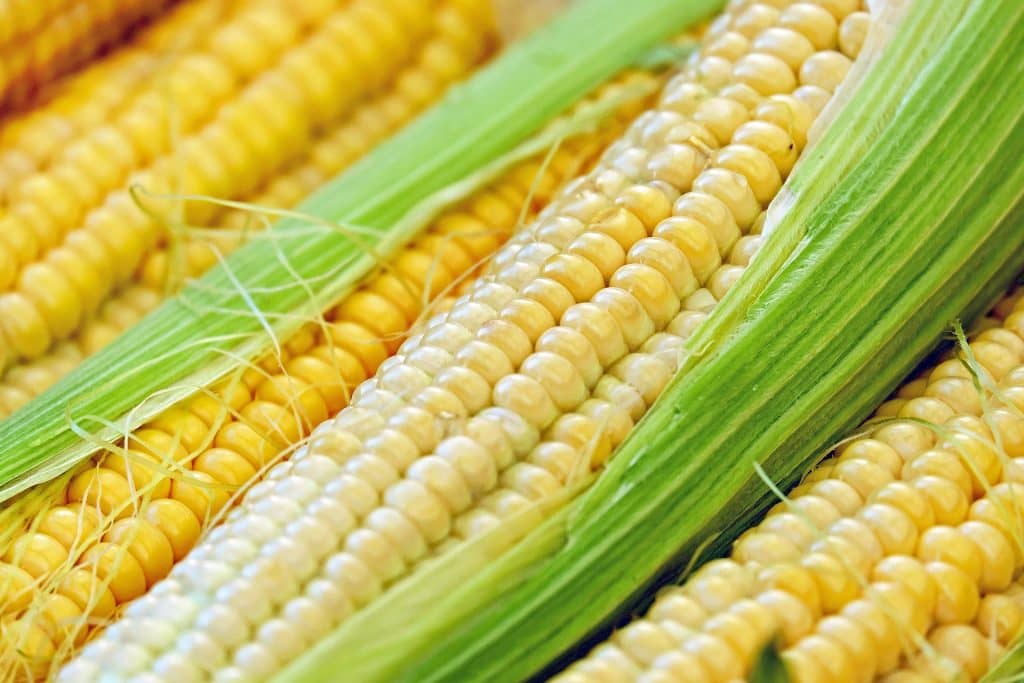Porto Alegre, April 5, 2022 – The bias had been given by the market. However, there were doubts whether growers, very focused on corn, would really give up areas to be planted with corn and switch them for soybeans or wheat. The planting intentions showed that the US grower is not only likely to reduce the area of ??corn but also of spring wheat, which seems to be the big surprise of the year in view of very high prices. Ukraine, still without any certainty of a near future for local agribusiness, projects acreage losses of 30% for ??corn and 50% for sunseed. For now, volumes that can be offset by US corn, as long as we have normal crops ahead.
If growers decided to plant before the month of January, the area planted with corn will likely confirm the cut of almost 4 mln acres in 2022, even in light of prices close to historic highs. Never have corn prices been so high in a period of planting decisions by US growers. The point is that these sharper hikes came in February, and it is possible that they came too late for the decision of most growers.
Thus, also with a rare decision in history, the planting trend is confirmed for a corn area smaller than that of soybeans in the United States. The planting intentions at 89.5 mln acres were below the market expectations, 92 mln acres, and well below last year’s planting of 93.3 mln acres. The first point in this environment is that this is a planting intention. The effective planted area will only be announced on June 30th. So, on that date we will know the real decision of US growers.
So, we now have a schedule of events for the evaluation of international prices, namely:
– With the release of planting intentions, the focus now is on the pre-planting weather;
– The arrival of the Argentine crop, despite its production failure, will still involve exports of 30/35 mln tons of corn and more than 20 mln tons of soymeal;
– In late April the US corn planting begins and is finished at the end of May. So far the climate is forecast to be favorable for the Midwest planting season;
– USDA supply and demand report for the 22/23 business year. In this report, crop projections will focus on the next business year and the curve of stocks. In addition, there will be a revision of the size of Ukraine’s 2022 crop, whose planting must start in a part of the country in April;
– US Weather in July and August defining the 2022 crop.
In this schedule of events for the next few weeks, the first point is that the projected area was extremely bearish for soybeans and bullish for corn. These data can be changed with the information on the effective planted area on June 30th. Until then, the market will have to live with the USDA projection.
What is the impact of this cut in the area to be planted in the United States for the local supply and demand scenario? Carrying out an exercise for the 22/23 cycle, we define that an area of ??89.5 mln acres with a record productivity of 177 bushels/acre would put the 2022 production at 368/370 mln tons this year. This is not a small crop, however, everything needs to go right for productivity to reach at least the 2021 record. Another figure is demand. Maintaining the same demand profile for next year, with some cuts in the projection for exports, the 22/23 stocks might fall to 29 mln tons against the current 37 mln tons. This is not chaos but could keep prices high for longer on the CBOT.
Now, the decisions of US growers to expedite sales of the old crop and start selling the new crop will influence the CBOT, as happened with soybeans over the week with sharp lows in the face of the possibility of a local record crop and stocks doubling in 2023. There is also the USDA supply and demand report on May 10th. It is the first supply and demand report for the new crop, 22/23 business year. In this framework, USDA will project a potential yield for the 2022 crop. Normally, this initial projection is based on historical averages, the potential of crops in view of applied technology, and the weather scenario.
In case of acreage cuts, USDA usually raises the projected average productivity. In this case, it could adjust the average of soybeans, with a record area, and raise the potential of corn productivity. It would not be surprising if, in this May report, productivity is put above 180 bushels. Note that if USDA raises productivity from the record of 177 bushels/acre to a new record of 181, for example, it will ‘gain’ 7 to 8 mln tons of production to 375 mln tons and leave ending stocks unchanged, that is, at 36/37 mln tons. A statistical bias that could impact more bullish moods in the international market, which is why this report for May will become so important for the 22/23 cycle.
The area losses that will occur in Ukraine or the gains that will occur in Russia should not affect the international corn market now. The focus is purely on pre-planting and expectations with the weather in April and May. Looking at maps that show the past, such as the widespread soil moisture map in the United States, which shows a more difficult picture for the west side of the Midwest, is important, but if spring rains come in good condition, this past moisture map will not influence the market at all. And the forecast for April, May and June is for normal to above-normal rainfall in all regions of the Midwest. Therefore, the focus is now exclusively on weather, and good weather conditions mean prices going downward, and vice versa.
Agência SAFRAS Latam
Copyright 2022 – Grupo CMA

